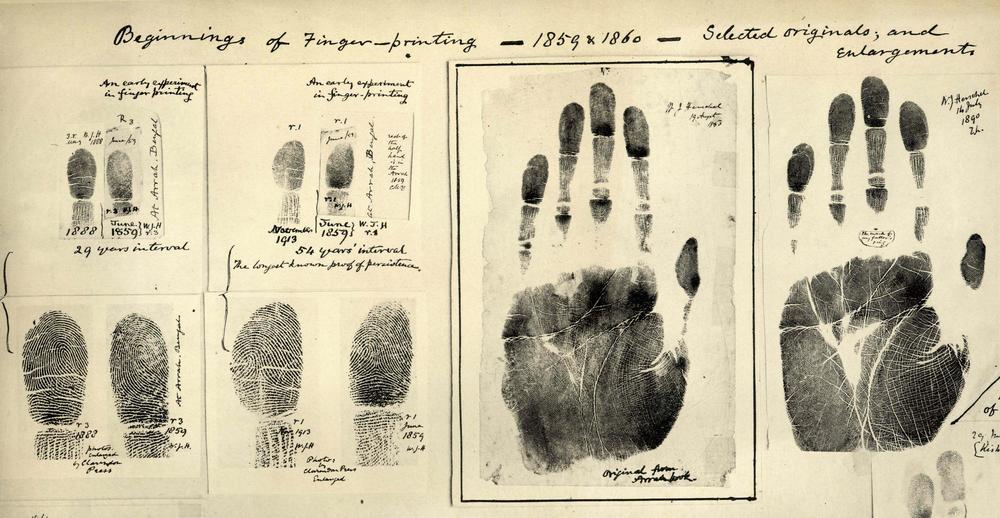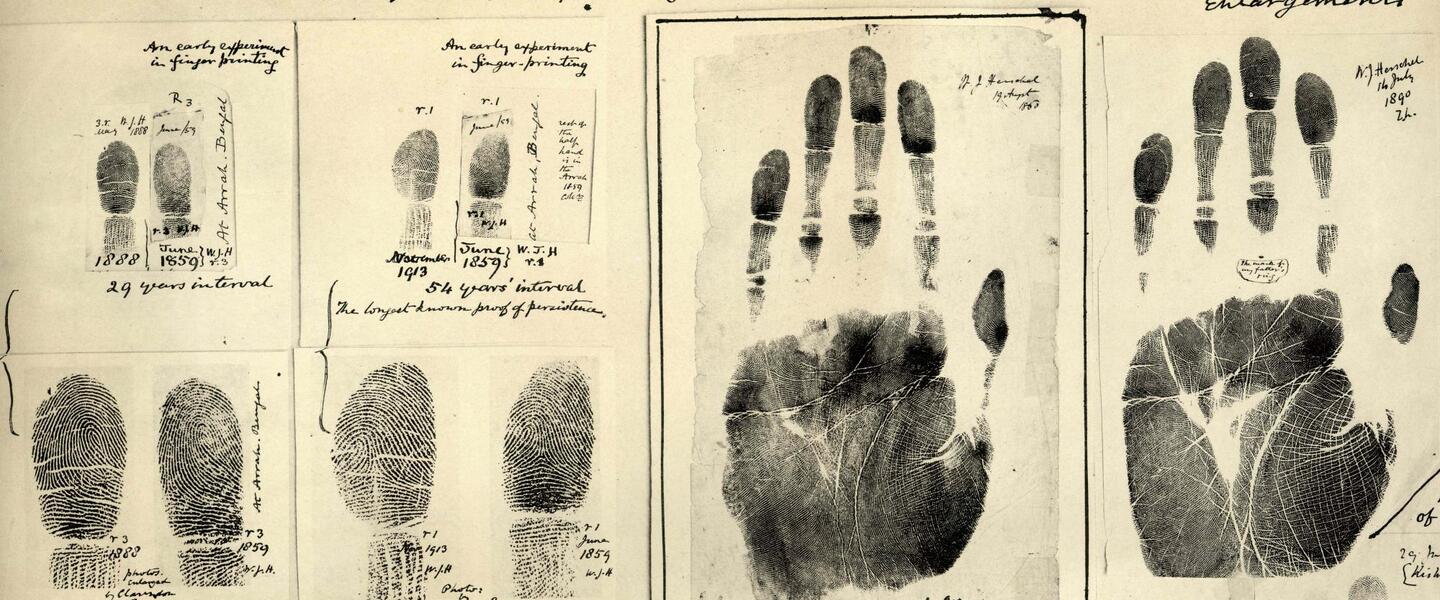
Section Branding
Header Content
5 Ways To Get Ahead With Inquiry-based Social Studies
Primary Content

To say that social studies education is in a stake a flux would be a Hindenburg-esque understatement. History education has been reinventing itself for years and one of the latest incarnations is the “inquiry lab” or “inquiry approach.” Stanford’s History Education Group describes an inquiry lesson as one where, “students analyze historical evidence in order to form and test hypotheses about past events”—a tall order in our current social studies classroom of high stakes testing and where the goalposts of standards continue to move. Increasingly, the days of memorization and regurgitation are fading. The new dawn is that of “doing” history.
Students are now asked to consider the work of historians and take on their role. They are encouraged to ask and create their own questions, inspect primary sources, and make inferences about the past. What once was the domain of the Advanced Placement (AP) class is now quickly becoming the standard for all. As middle school teacher and author Heather Wolpert-Gawron writes, "Inquiry-based learning is more than asking a student what he or she wants to know. It’s about triggering curiosity..." In that sense Wolpert-Gawron hits upon a truth that many are slow to realize: the fundamental nature of delivering instruction is changing.
We've all heard about the transition of educator from "sage on the stage" to "guide on the side," but inquiry-based learning is part of that implementation. Wolpert-Gowron continues, saying that "teachers who use inquiry-based learning combat the 'dunno' -- a chronic problem in student engagement. Let’s face it, when you ask a student something like, 'What do you want to know about _______?' you are often met with a shrug, or a, 'dunno.' Inquiry-based learning, if front-loaded well, generates such excitement in students that neurons begin to fire, curiosity is triggered, and students can’t wait to become experts in answering their own questions."
Here are 5 great resources to get teachers started:
1. The University of Maryland at Baltimore offers U.S. history lessons for every major time period based on the inquiry model all with printable PDFs.
2. Virginia Tech’s great site explains the nuts and bolts of historical inquiry approach and the Summarizing, Contextualizing, Inferring, Monitoring, and Collaborating model (SCIM-C).
3. PBS’s History Detectives hosts several lessons based on the approach of thinking like a historian.
4. Our own Georgia Studies digital library offers guides for analyzing primary sources, imbedded documents, constructed response question, and soon to come Document-Based Questions (DBQ). Check out Unit 2, Chapter 3 in the Teacher Edition for prIntable guides. In addition, our virtual field trips offer guided tours through historical periods.
5. "What the Heck is Inquiry-Based Learning" is an excellent blog post from Edutopia which explains the basics to help everyone get started.
For great ideas on bringing primary sources into the classroom check out our Education Matters blog post and get inquiring! And for you inquiry learning rock stars, please share your insights and strategies from the classroom in the comments below.






